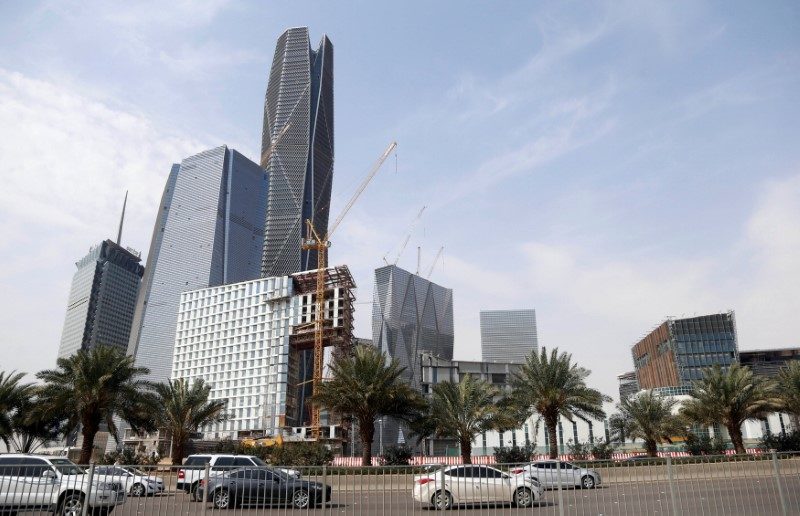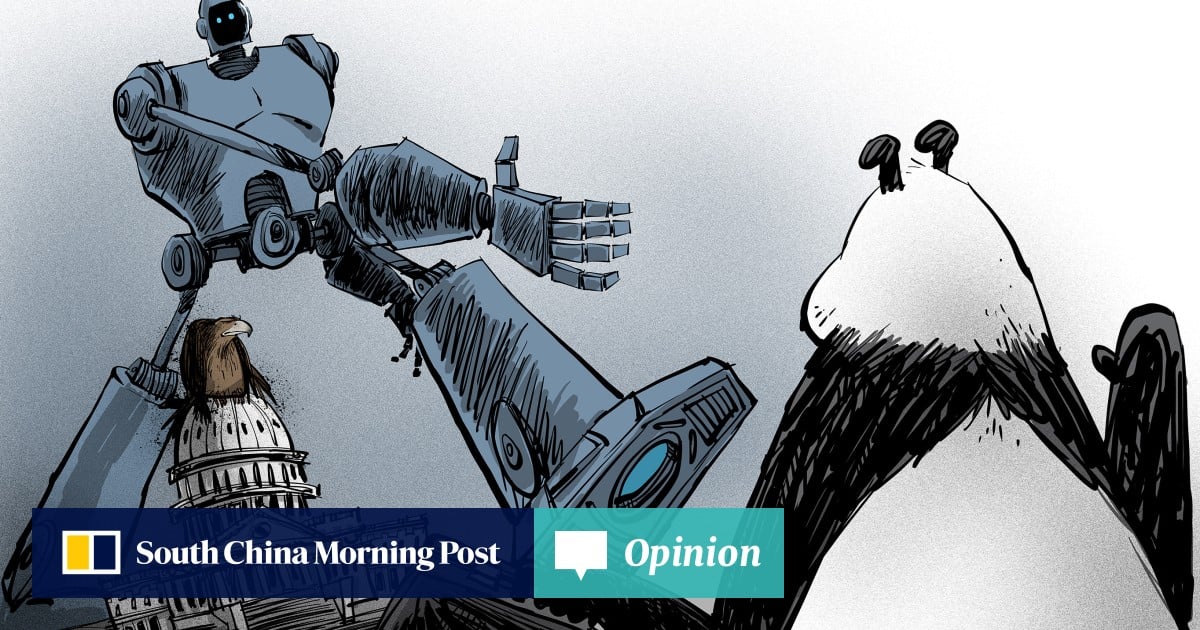TOKYO — Norway’s Yara International, one of the world’s largest fertilizer companies, looks to produce ammonia using renewable energy in Australia as Japan plans to use the chemical as an alternative to coal, CEO Svein Tore Holsether revealed in a recent online interview with Nikkei.
The company aims to set up a supply chain for ammonia, which does not emit carbon dioxide when burned.
Ammonia is used mainly as a fertilizer, but as Japan shifts toward cleaner energy sources to combat climate change, it is expected to help replace high-emission coal.
Yara’s plan, in cooperation with French electric utility Engie, calls for installing water electrolysis systems at an ammonia plant in western Australia’s Pilbara region to produce hydrogen using solar power.
The hydrogen will be used to produce carbon-free “green ammonia,” made from renewable energy sources, as a pilot project starting by the end of 2023. Capacity will be small scale at 3,700 tons per year.
The Pilbara plant carries an annual capacity equivalent to around 5% of the world’s tradable ammonia.
“It depends on the design of the ammonia plant,” Holsether said. “But for some of them you can produce hydrogen next to the plant and then you just feed that into the system, up to about 10% of the production capacity” before a major redesign becomes necessary.
Yara, which has 17 ammonia plants worldwide, also plans to produce “green ammonia” in Norway and the Netherlands.
In Japan, policymakers and the power sector see ammonia as a credible way to achieve decarbonization because the production and transportation technologies, as well as the infrastructure, already are in place.
JERA, the country’s largest power generation company, looks to reduce CO2 emissions by replacing 20% of coal fuel with ammonia at its Hekinan power plant in central Japan by fiscal 2024.
JERA also has agreed with Yara to study whether the production of “blue ammonia” — created from natural gas, but the CO2 is captured and stored — will be feasible at the Pilbara plant.
Japan’s long-term clean energy plan, announced in 2020, calls for using hydrogen and ammonia to generate 10% of the power supply in 2050. The government expects annual demand for ammonia to reach 3 million tons in 2030, about triple the current level.
The cost of ammonia will be crucial for it to play a role in the energy transition. The easy-to-handle fuel can generate electricity more cheaply than hydrogen, estimates show.
The price of electricity from coal-fired power generation is 10.4 yen (9.4 cents) per kilowatt hour, compared with 23.5 yen for plants fueled by only ammonia, Japan’s public-private council on ammonia estimates. But hydrogen-fueled power plants have an estimated cost of 97.3 yen per kWh.
“With no CO2 cost, then green ammonia today is not competitive,” Holsether said. “But if we compare green ammonia to other zero-emission fuels or renewable fuels, it would be competitive.”






